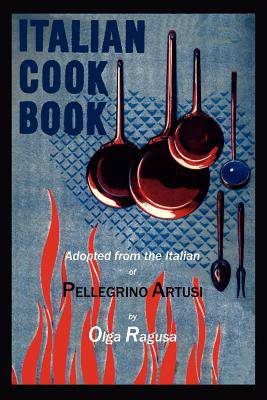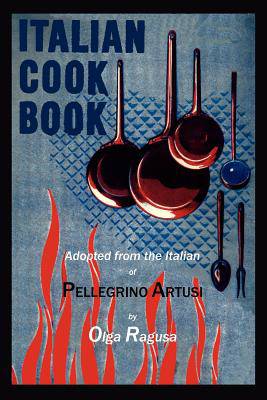
- Afhalen na 1 uur in een winkel met voorraad
- Gratis thuislevering in België vanaf € 30
- Ruim aanbod met 7 miljoen producten
- Afhalen na 1 uur in een winkel met voorraad
- Gratis thuislevering in België vanaf € 30
- Ruim aanbod met 7 miljoen producten
Zoeken
Omschrijving
2012 Reprint of 1945 Edition. Exact facsimile of the original edition, not reproduced with Optical Recognition Software. At the age 71, Artusi completed his cookbook, but could not find a publisher. So he used his own money to self-publish, selling a thousand copies of the first edition in four years. Soon, however, the cookbook caught on, and before Artusi died, more than 200,000 copies had been sold. Filled with amusing anecdotes as well as recipes, the book is a perennial best seller in Italy, and has been translated into Spanish, Dutch, German and English, and most recently, Portuguese. The most important reason for Artusi's continued popularity, is that the book is fun. Artusi was a bon-vivant, a noted raconteur, and a celebrated host; he knew many of the leading figures of his day and read widely in the arts and sciences. Almost half his recipes contain anecdotes or snippets of advice on subjects as varied as regional dialects and public health: While you may open the book to find out how to make Minestrone or a German cake, you will probably read on to find out how Artusi escaped cholera, or what the Austrian troops who occupied Northern Italy in the 1840's were like.
Specificaties
Betrokkenen
- Auteur(s):
- Uitgeverij:
Inhoud
- Aantal bladzijden:
- 254
- Taal:
- Engels
Eigenschappen
- Productcode (EAN):
- 9781614272878
- Verschijningsdatum:
- 18/04/2012
- Uitvoering:
- Paperback
- Formaat:
- Trade paperback (VS)
- Afmetingen:
- 152 mm x 229 mm
- Gewicht:
- 376 g

Alleen bij Standaard Boekhandel
+ 39 punten op je klantenkaart van Standaard Boekhandel
Beoordelingen
We publiceren alleen reviews die voldoen aan de voorwaarden voor reviews. Bekijk onze voorwaarden voor reviews.








